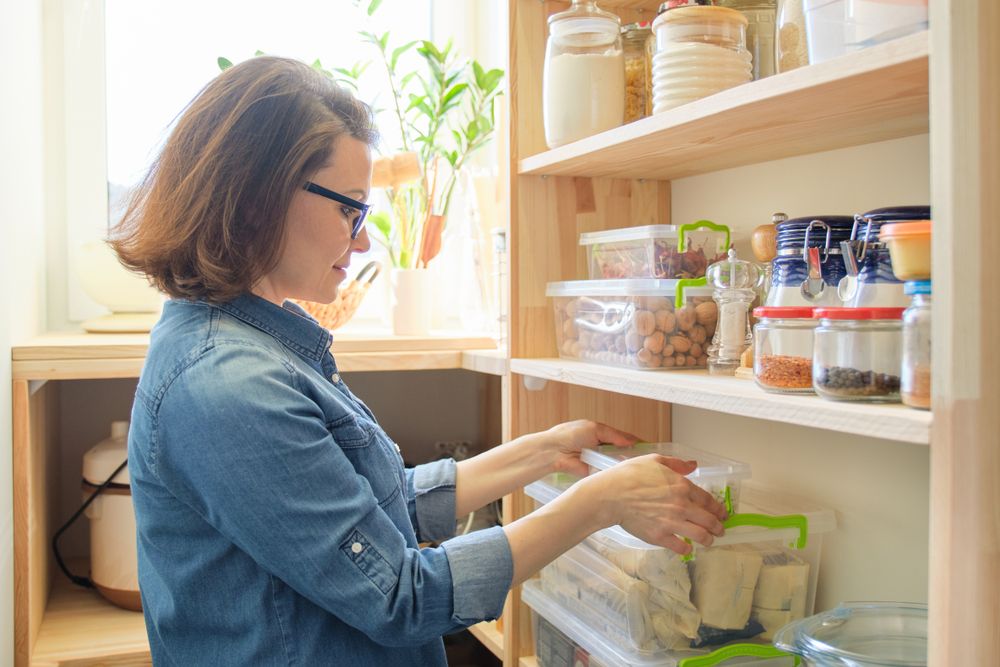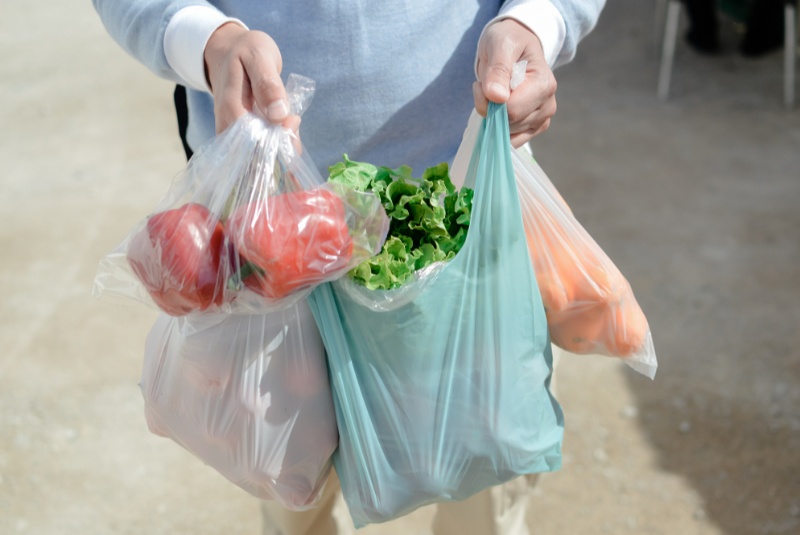A well-organized pantry does more than just look nice—it can actually save you money on groceries every month. When your pantry is cluttered or disorganized, it's easy to forget what you have, buy duplicates, or let food go to waste. But with a little time and a few smart strategies, you can transform your pantry into a powerful tool for better meal planning, less waste, and serious savings.
Here’s how to organize your pantry in a way that supports your grocery budget—and makes cooking easier and more enjoyable, too.
1. Take Everything Out and Assess
The first step to an organized pantry is a complete reset. Take everything out, shelf by shelf, and sort items into categories:
-
Keep
-
Donate (unopened, unexpired items you won’t use)
-
Toss (expired or damaged goods)
As you go, check expiration dates and freshness. You might be surprised by how many forgotten cans, spices, or half-used bags of pasta you find.
This process not only clears out clutter—it also gives you a true picture of what you actually have, which is crucial for smart shopping moving forward.
2. Group Similar Items Together
Once you’ve decluttered, organize your pantry by grouping similar items together. Common categories include:
-
Grains and pasta
-
Canned goods
-
Baking supplies
-
Breakfast items
-
Snacks
-
Sauces and condiments
-
Spices and seasonings
Grouping items makes it easier to see what you have at a glance—and helps you avoid buying duplicates. It also speeds up meal prep and grocery list creation.
Use bins, baskets, or clear containers to keep smaller items neat and accessible. Labeling these bins can add an extra layer of organization, especially for busy households.
3. Use the “First In, First Out” Rule
Adopt the First In, First Out (FIFO) method to reduce waste and save money. It’s simple: when you buy new groceries, place them behind older items of the same type.
This ensures that you use up older products before they expire. Rotate your stock every time you shop, and encourage the whole family to grab from the front first.
Practicing FIFO prevents forgotten food from going bad and keeps you from wasting money on items that sit too long.
4. Invest in Clear Storage Containers
Transparent containers aren’t just aesthetically pleasing—they help you easily track what you have and how much is left. Clear bins are especially useful for:
-
Rice, beans, and lentils
-
Flour and sugar
-
Cereal and granola
-
Pasta and noodles
Uniform containers also maximize shelf space and reduce visual clutter. Whenever possible, opt for airtight containers to extend the shelf life of dry goods and protect against pests.
Buying in bulk can save money—but only if you store those items properly to prevent spoilage.
5. Label Everything
Labels make a big difference when it comes to keeping your pantry organized. Whether you’re using fancy chalkboard labels or simple masking tape and marker, clear labels help everyone in the household find what they need—and know where to put it back.
Labeling also helps when making grocery lists. A quick glance at labeled containers and bins tells you what’s running low and needs replenishing.
6. Create a System for Open Packages
Open bags of snacks, half-used pasta boxes, or unfinished baking supplies often create the most chaos in a pantry—and lead to waste when they go stale or get lost.
Dedicate a bin or shelf specifically for open packages. Use clips or resealable bags to keep contents fresh. Make it a habit to check this area first when meal planning or making snacks before opening new packages.
This simple system helps minimize waste and keeps your pantry tidy.
7. Track Staples and Build a Pantry Inventory
Maintaining a basic pantry inventory can save you time and money. Keep a list (either on paper, a whiteboard, or a smartphone app) of staple items you always want on hand, such as:
-
Rice
-
Pasta
-
Canned tomatoes
-
Peanut butter
-
Oatmeal
-
Basic spices
When staples start to run low, add them to your shopping list. Having these basics always available makes meal planning easier and reduces the temptation to order takeout when you’re short on ingredients.
Some families also keep a running inventory sheet taped inside the pantry door for quick reference.
8. Designate a Meal Planning Zone
Reserve a small area of your pantry for meal planning essentials—such as:
-
Quick dinner options (boxed mixes, canned soups, jarred sauces)
-
Grab-and-go snacks for busy days
-
Lunchbox fillers for school and work
Having a dedicated spot for these categories helps you plan meals faster and prevents last-minute grocery runs when schedules get hectic.
It also helps you spot gaps in your pantry before they become problems, keeping your grocery spending consistent.
9. Shop Your Pantry First
Before making your weekly grocery list, “shop” your pantry first. See what ingredients you already have that you can build meals around.
For example, if you have an unopened box of pasta, a jar of marinara sauce, and some canned beans, you might only need to pick up a few fresh vegetables to complete a meal.
Shopping your pantry first helps you use up what you have, reduces food waste, and prevents unnecessary spending on duplicate items.
10. Schedule Regular Pantry Checks
Set a reminder to review and tidy your pantry once a month. This doesn’t have to be a big overhaul—just a quick check to:
-
Reorganize misplaced items
-
Update your inventory
-
Toss expired goods
-
Rotate older items to the front
Regular maintenance keeps your system working smoothly and ensures your pantry stays a money-saving asset instead of becoming a cluttered, costly mess.





